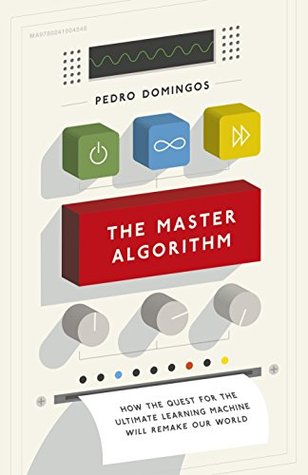You can estimate the bias and variance of a learner by comparing its predictions after learning on random variations of the training set. If it keeps making the same mistakes, the problem is bias, and you need a more flexible learner (or just a different one). If there’s no pattern to the mistakes, the problem is variance, and you want to either try a less flexible learner or get more data. Most learners have a knob you can turn to make them more or less flexible, such as the threshold for significance tests or the penalty on the size of the model. Tweaking that knob is your first resort.
Welcome back. Just a moment while we sign you in to your Goodreads account.


